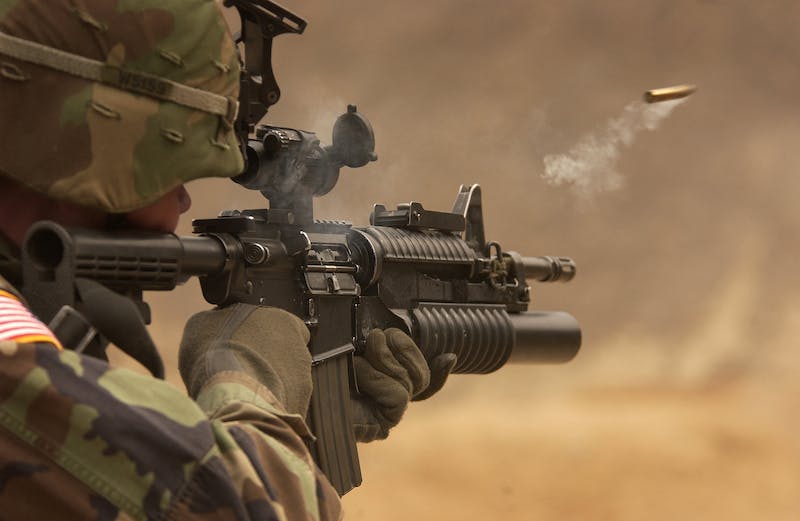Bullets Spin When Shot From A Rifle Or Handgun. What Causes This Spinning?

A intriguing motion occurs when a rifle or handgun fires a bullet: it spins. This spinning action isn’t accidental; in the world of guns, it’s an essential component. However, why do bullets spin while in flight?
Why Do Bullets Spin?
The spin of a bullet is primarily caused by the rifling inside the barrel of a firearm. Rifling refers to the helical grooves carved into the barrel’s interior, resembling spiral grooves. These grooves impart a spin to the bullet as it travels through the barrel and exits the muzzle.
The Role of Rifling
Rifling is designed to stabilize the bullet’s flight. When the bullet is fired, the expanding gases from the ignited gunpowder push it down the barrel. The helical grooves of the rifling grip onto the bullet’s surface, causing it to spin rapidly around its longitudinal axis. This spinning motion provides stability and accuracy during flight.
Effect on Flight Stability
The spinning motion serves a critical purpose. It helps the bullet maintain a straighter trajectory by countering factors like air resistance and gravitational forces that could otherwise cause it to veer off course. This stability significantly enhances accuracy and precision, especially over longer distances.
The Gyroscopic Effect
The spinning action creates a gyroscopic effect. Much like a spinning top, the bullet’s rotation generates angular momentum. This angular momentum stabilizes the bullet’s orientation in flight, preventing it from tumbling and ensuring it travels point-forward toward its intended target.
Factors Influencing Spin
Several factors can affect the spin of a bullet. The number of rifling grooves, their depth, the twist rate (the distance the bullet travels to complete one full rotation), and the bullet’s weight and shape all contribute to the spin imparted on the projectile.
Conclusion
In essence, the spinning of bullets when shot from a rifle or handgun is a deliberate and essential aspect of firearm design. Rifling induces this spin, offering stability, accuracy, and the ability to maintain a straight path over various distances. Understanding this rotational motion sheds light on how firearms achieve precision in hitting targets.
Next time you see a bullet in flight, remember that its spin isn’t just a random action—it’s a carefully engineered mechanism that ensures accuracy and helps marksmen hit their intended mark.
